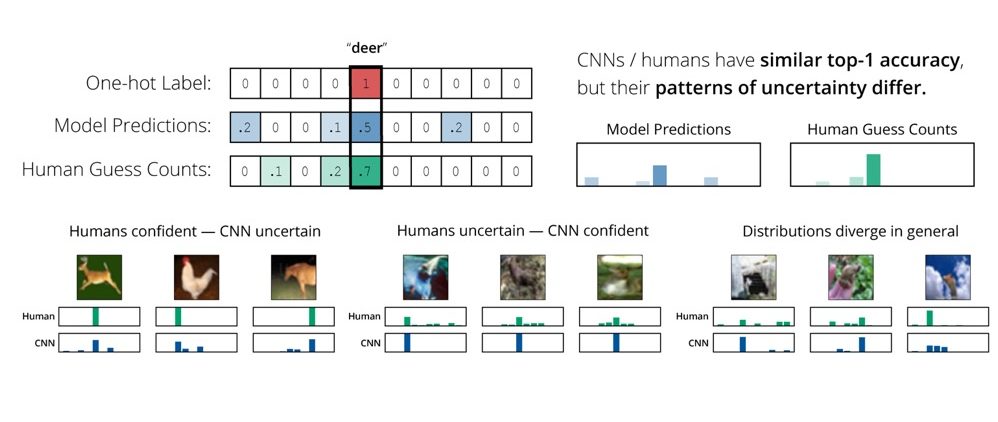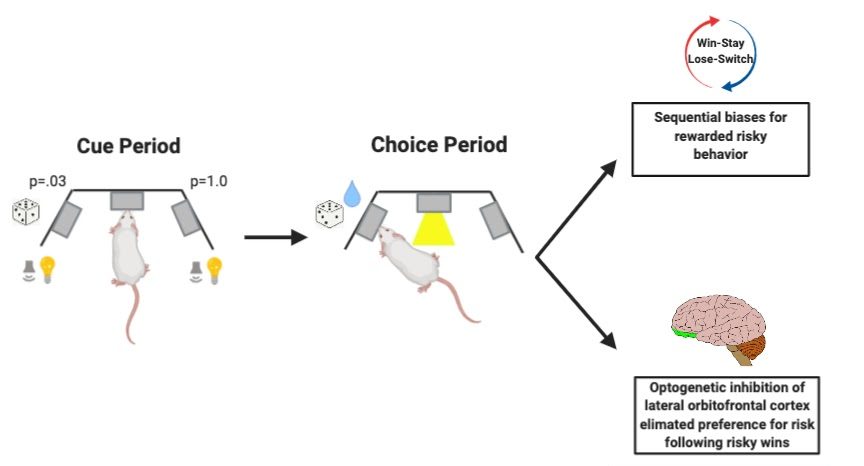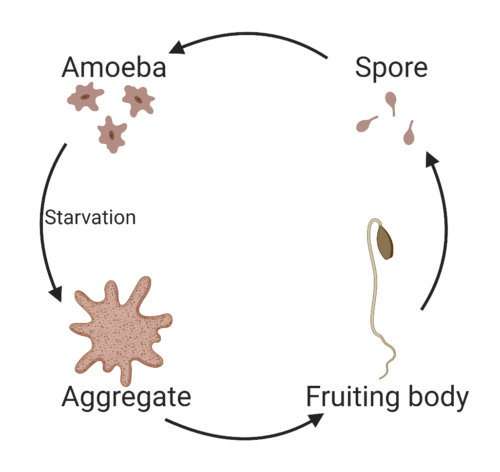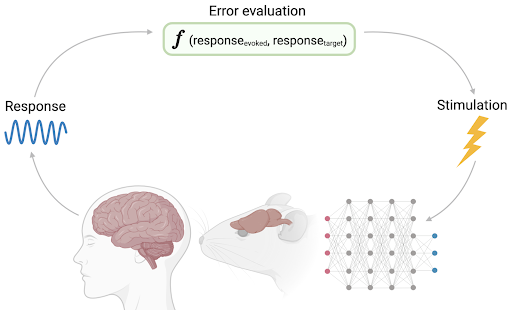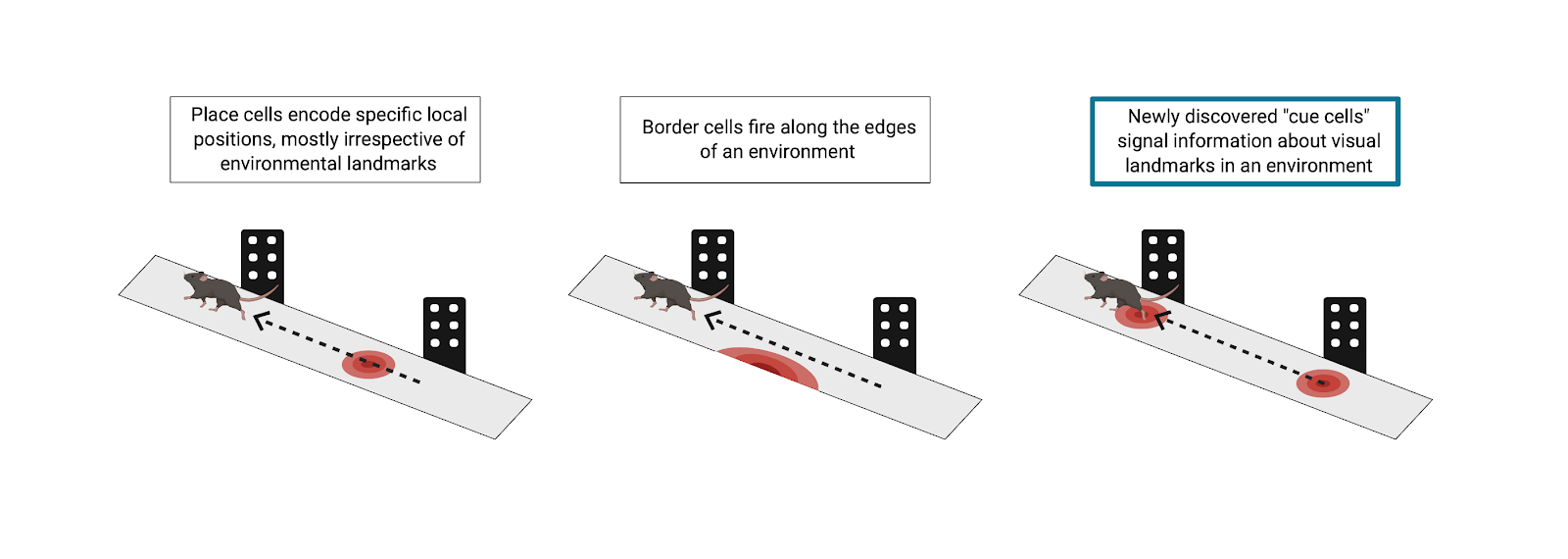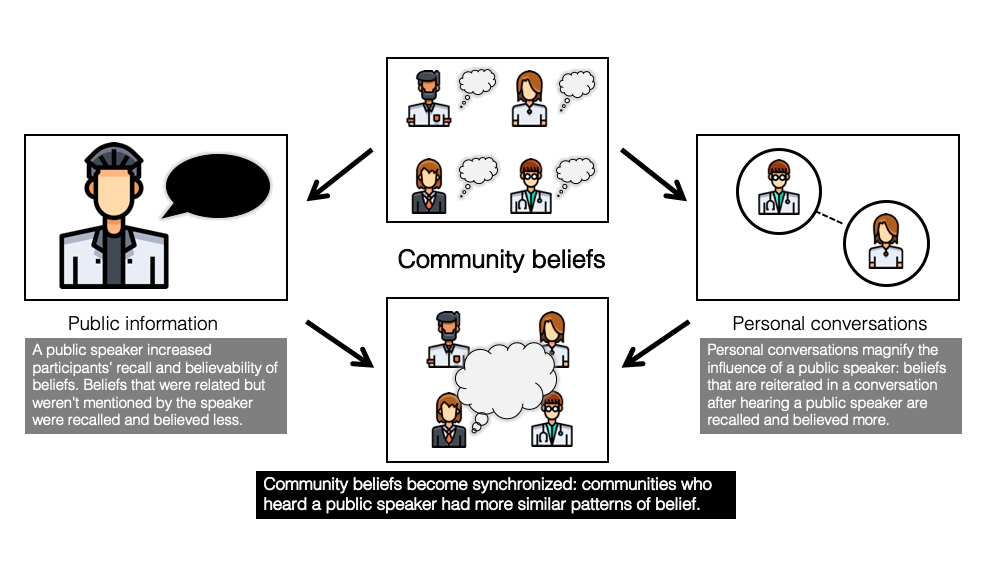Review written by Shanka Subhra Mondal (ELE)
In recent years, machine learning (ML) has become commonplace in our software and devices. Its applications are varied, ranging from finance and marketing to healthcare and computer vision. ML already has the ability to out-perform humans on many tasks, such as video game competitions and image/object recognition, to name a few. At a high-level, ML comprises a set of algorithms that rely heavily on data (training data) to make decisions about another set of data (testing data) that it has not previously encountered. One of the sub-fields of computer vision where machine learning has proven particularly useful is in image classification, where the goal is to categorize objects in a given image. While this task might sound easy for humans, it can be challenging for an algorithm, particularly when the picture is blurred, not properly illuminated, or noisy. Robust image classification is not an easy task.
Continue reading
